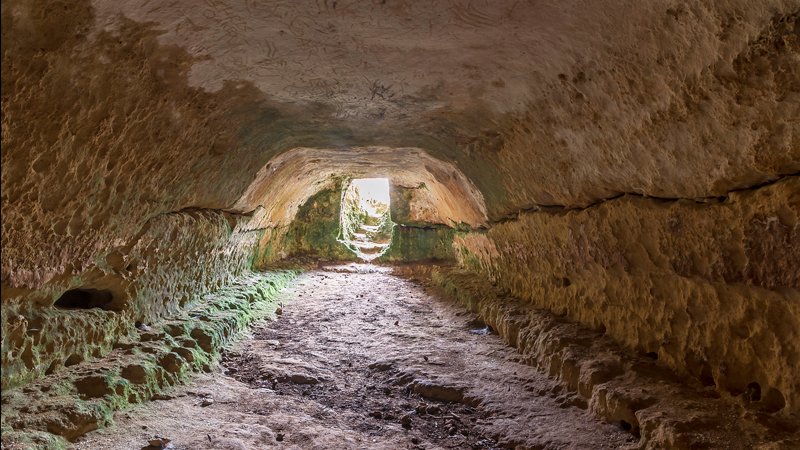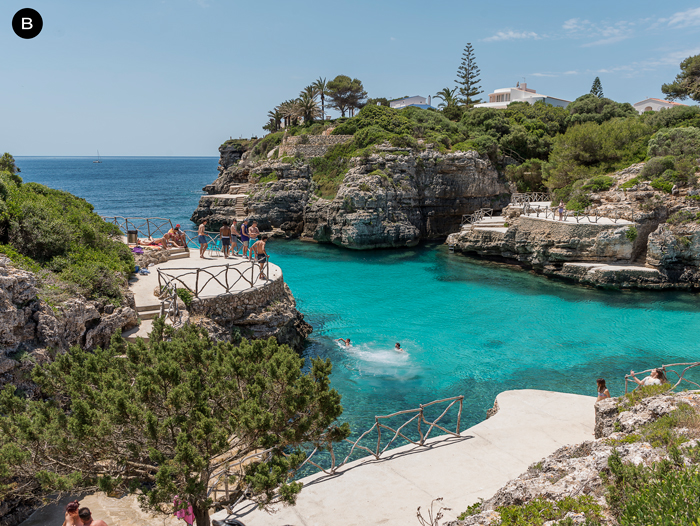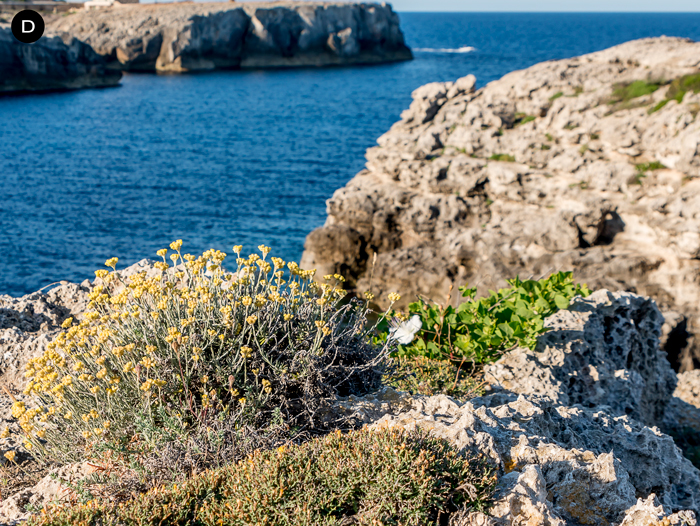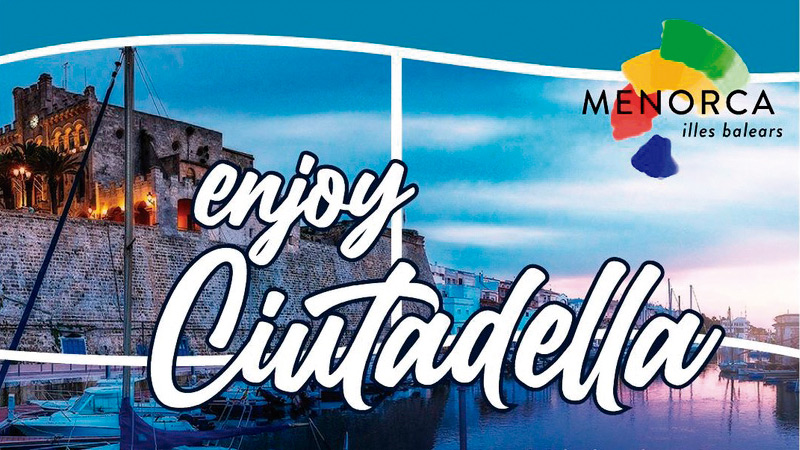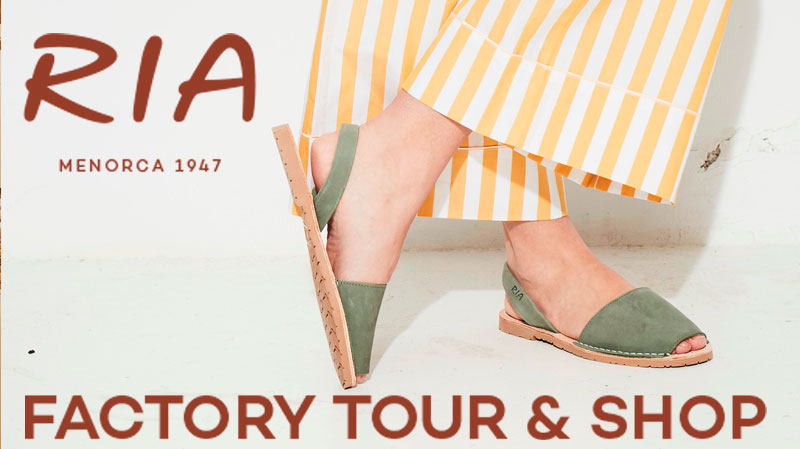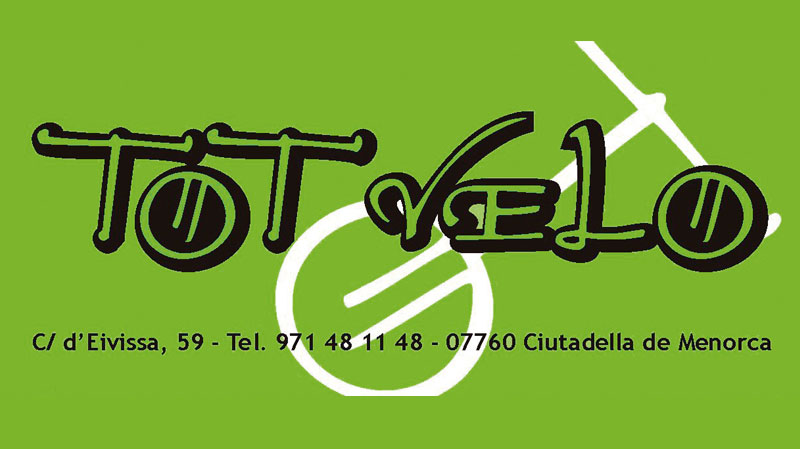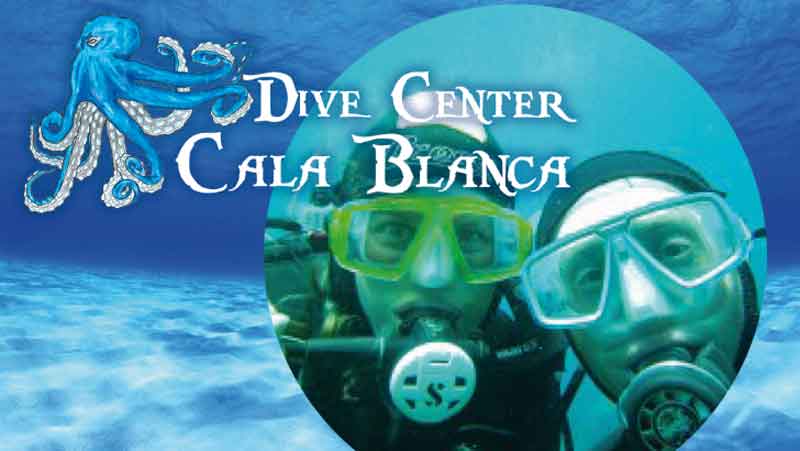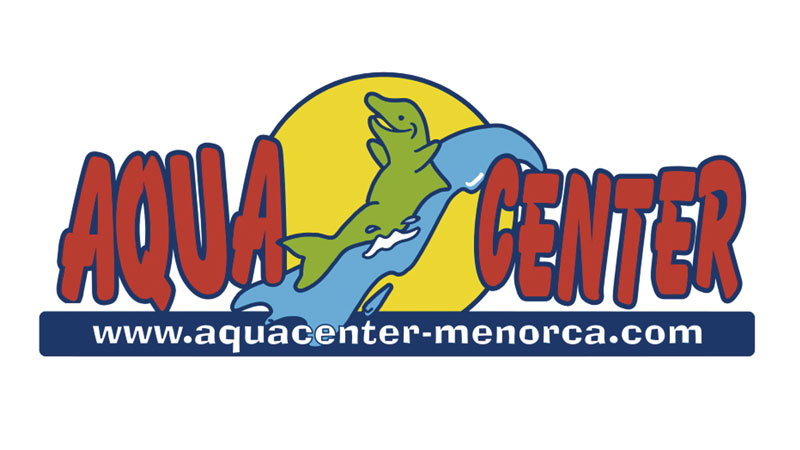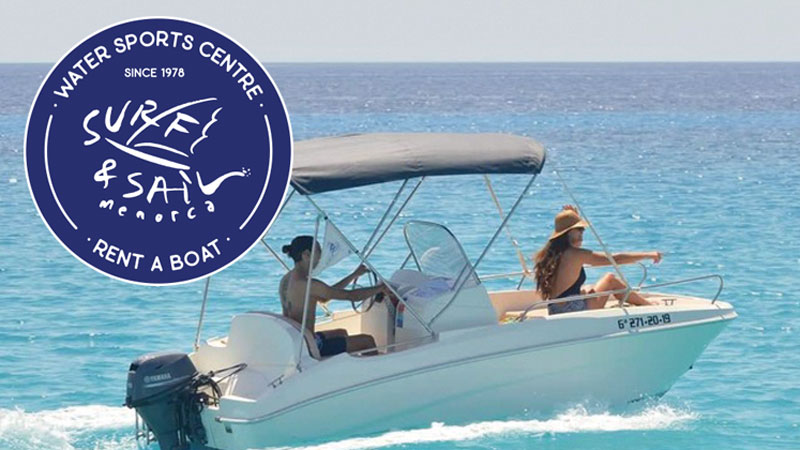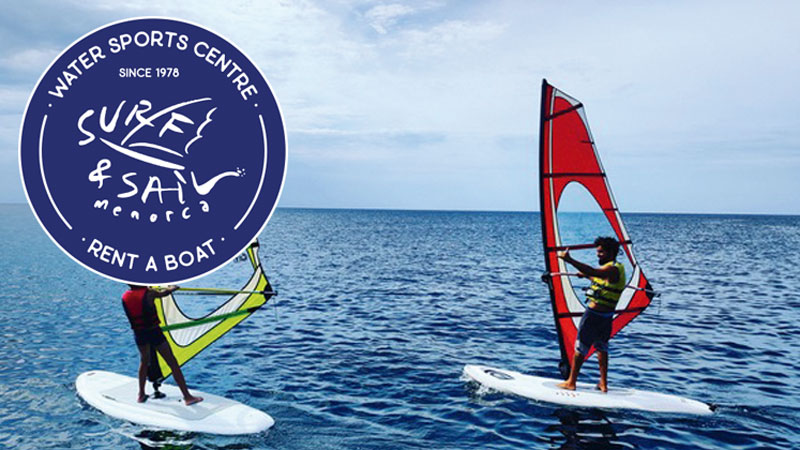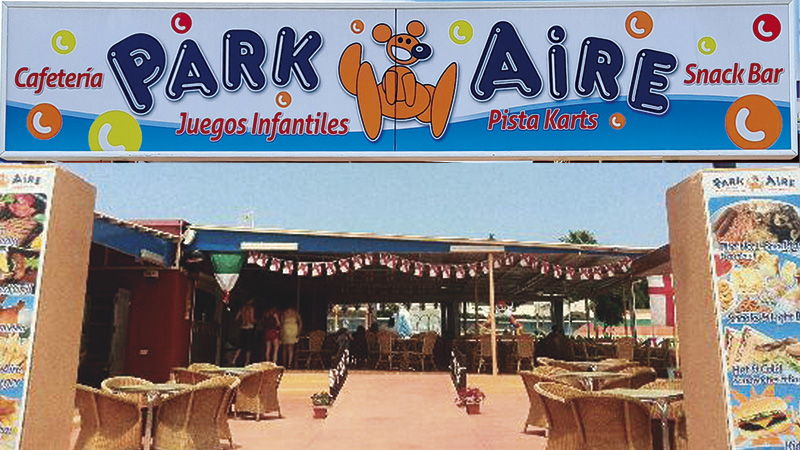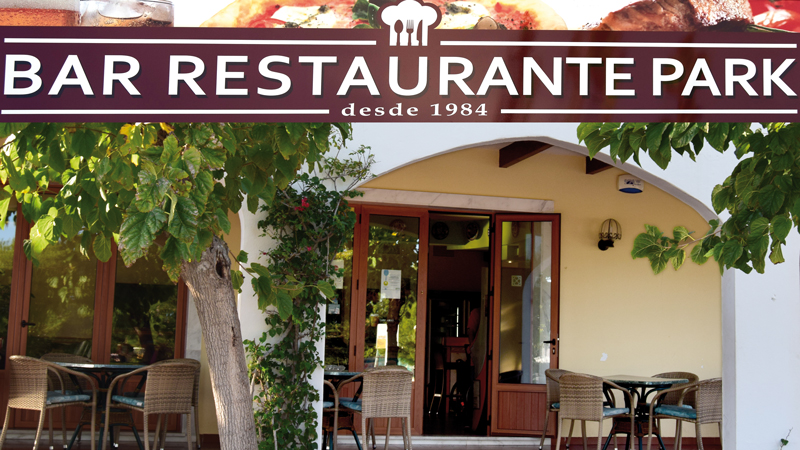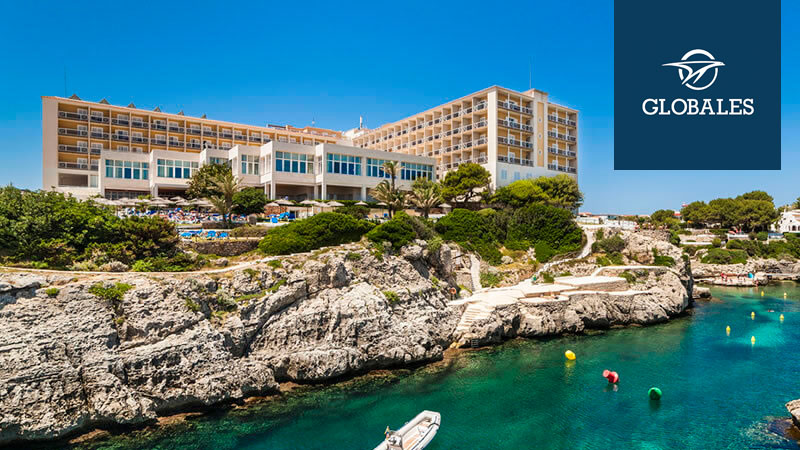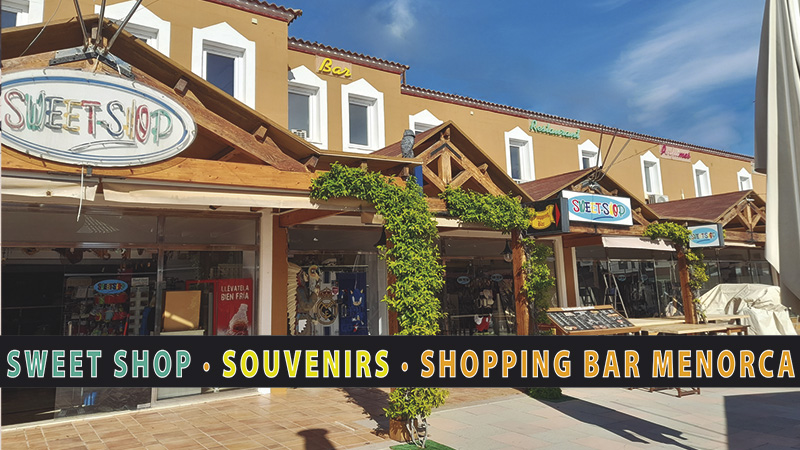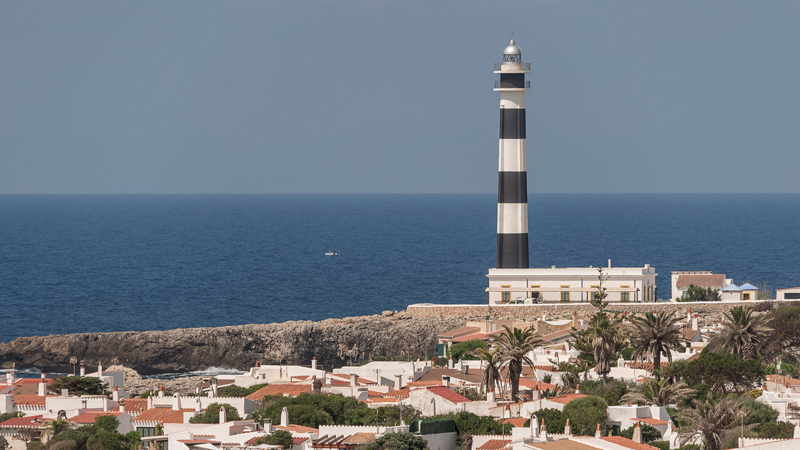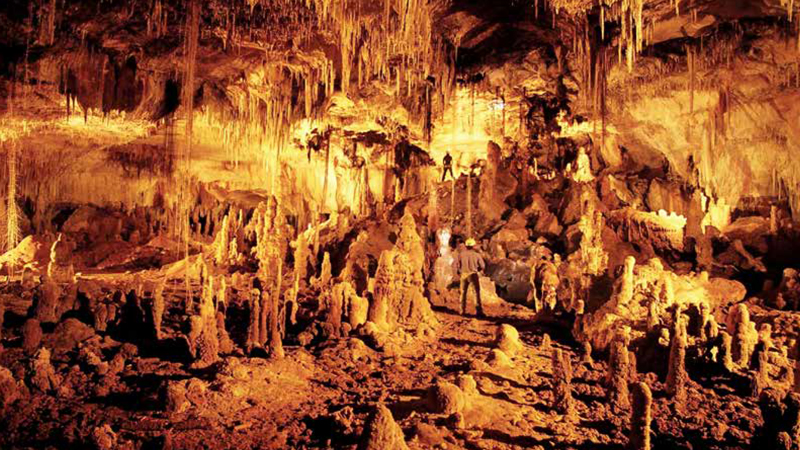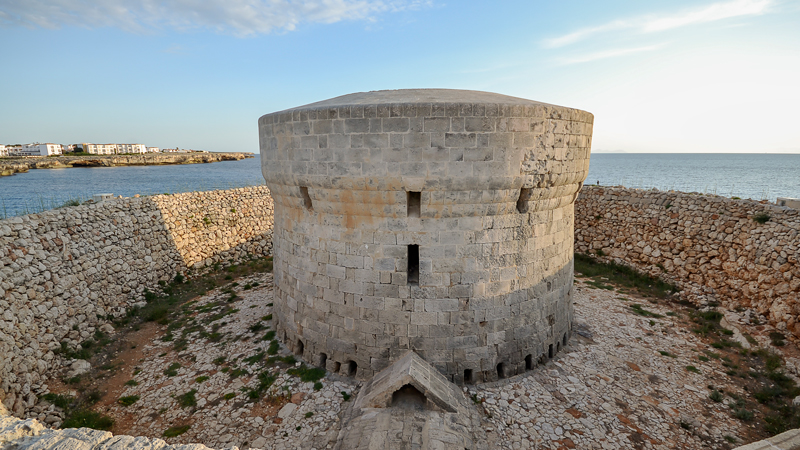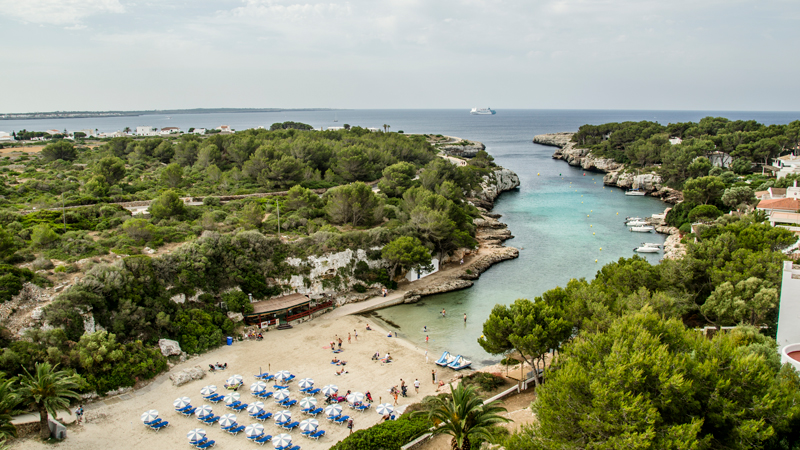Es Vermells
A. HIPOGEO DE TORRE DEL RAM
Yacimiento arqueológico aislado, situado en una parcela pública ajardinada de la urbanización de Calespiques. Se trata de una construcción subterránea, excavada en la roca, con un corredor de acceso en pendiente y una cámara de planta alargada con un banco corrido en todo su contorno. Es uno de los mejores ejemplos del tipo de construcción conocido como hipogeo de planta alargada, datado en la época Naviforme, entre el 1600 y el 1400 a. de C. Se trataría de una tumba colectiva, donde los difuntos eran inhumados con algún tipo de vestimenta y acompañados de objetos a modo de ajuar funerario. El acceso ha sufrido modificaciones, ya que se destinó en épocas recientes a refugio de ganado, y conserva en los muros interiores grafitis de barcos de cronología indeterminada.
B. CALA EN BRUT
Al final de un pequeño barranco se halla la minúscula pero bellísima cala denominada Cala en Brut, de poco más de un metro de anchura. El topónimo (brut, ‘sucio’ en catalán) respondería al hecho de que en invierno se acumula alga procedente del mar, que cubre la blancura de su arena y el azul limpísimo de sus aguas. Para facilitar el acceso y el baño se ha acondicionado una serie de plataformas a diferentes niveles, con escaleras al mar, que convierten la cala en una gran piscina natural. En verano es un lugar muy concurrido por grupos de jóvenes de Ciutadella para bañarse y disfrutar del lugar y de la calidad de sus aguas.
C. ES CLOT D’EN BARCELÓ
Desde las plataformas de Cala en Brut se puede acceder, bordeando la costa, hasta otra entrada de mar conocida como Es Clot d’en Barceló. También se puede acceder al lugar tomando la avenida de Cala en Brut y la Ronda de sa Punta. Se desconoce quién era Barceló, un apellido bastante frecuente en la isla y que se repite en otros topónimos del litoral de Ciutadella, pero es posible que nos remita a la propiedad, a alguien que frecuentaba el lugar para pescar o bien a quien lo usaba para resguardar su barca. El lugar no está adaptado, pero es un rincón muy adecuado si se busca más tranquilidad de la que encontraremos en verano en las plataformas de Cala en Brut o si uno quiere darse un chapuzón rápido o bucear. Hay que prestar atención al lanzarse al agua, ya que el fondo marino se encuentra a poca profundidad.
D.PUNTA DE CALA EN BLANES
En el municipio de Ciutadella encontraremos los ecosistemas terrestres más representativos del Mediterráneo, los roque nos más diversos, como los arrecifes, las praderas de posidonia y los bancos de arena. Las urbanizaciones de Calespiques, Torre del Ram y Cala en Blanes se han desarrollado en un entorno caracterizado por un suelo rocoso y de poca tierra que han favorecido el desarrollo de una vegetación baja con endemismos diversos de un alto valor ecológico, como las diferentes especies de Limonium o el socarrell, un pequeño arbusto en forma de cojín espinoso muy bien adaptado al azote del viento y a la salinidad del mar que caracterizan este tipo de hábitat.
A.TORRE DEL RAM HYPOGAEUM
This isolated archaeological site is on a landscaped public plot in the Calespiques development. It is an underground structure cut into the rock with a sloping entrance corridor and a chamber with an elongated floorplan and a continuous bench all around its inside edge. This is one of the best examples of the type of structure known as an elongated-layout hypogaeum, dating from the Naviform period between 1600 and 1400 BC. It would have been a collective tomb, where the dead were interred with some sort of clothing and accompanied by objects left as grave goods. The entrance has undergone changes; in more recent times it was used as a shelter for livestock and the inner walls feature graffiti of boats from unknown dates.
B.CALA EN BRUT
At the end of a small gorge is the tiny but stunning cove called Cala en Brut, which is only just over a metre wide. Its name (brut means ‘dirty’ in Catalan) comes from the fact that in the winter, seaweed collects in the cove, covering the white sand and clear blue water. To facilitate access and bathing, a series of platforms have been provided on different levels with steps to the sea, turning the cove into a big natural swimming pool. In the summer, it is a very popular spot for groups of young people from Ciutadella to swim and enjoy the location and the quality of its water.
C. ES CLOT D’EN BARCELÓ
Following the coast from the platforms of Cala en Brut, you come to another inlet, known as Es Clot d’en Barceló. You can also get here by taking Avenida de Cala en Brut and the Ronda de sa Punta. Nobody knows who Barceló was: it is quite a common surname in Menorca and also appears in other place names along the coast of Ciutadella, but it could refer to a former owner, someone who used to come here to fish or someone who used it as shelter for a boat. This an ideal location if you are seeking more peace than you will find in summer on the platforms of Cala en Brut and if you want to cool off with a quick dip or go diving. The site is non accessible. It is important to take care when jumping in as the water is shallow.
D. PUNTA DE CALA EN BLANES
All of the most characteristic land ecosystems of the Mediterranean can be found in the municipality of Ciutadella: coastal rocky areas, dune systems, holm oak, pine and wild olive woodland, wetlands, and the most diverse marine ecosystems, such as reefs, Neptune grass meadows and sand banks. The Calespiques, Torre del Ram and Cala en Blanes developments are in a location characterised by rocky ground with little soil, factors that have encouraged the development of low vegetation including a variety of endemic species of great ecological value, such as various species of Limonium or socarrell, a small shrub in the form of a spiny cushion, which is very well adapted to the strong winds and the salinity of the sea that are characteristic of this type of habitat.
